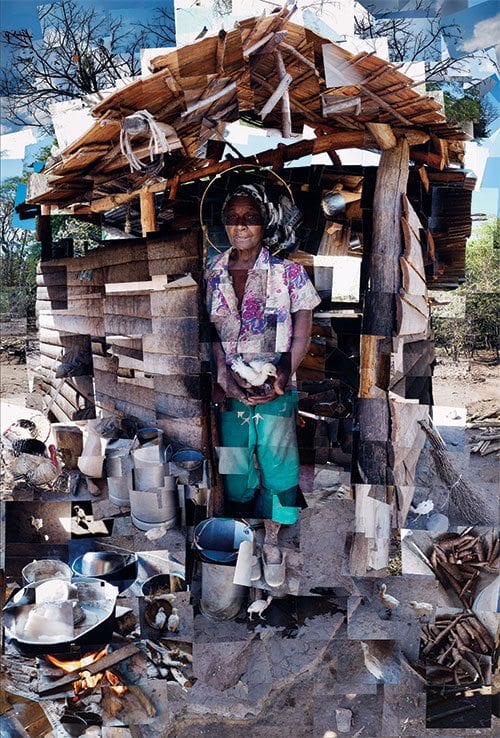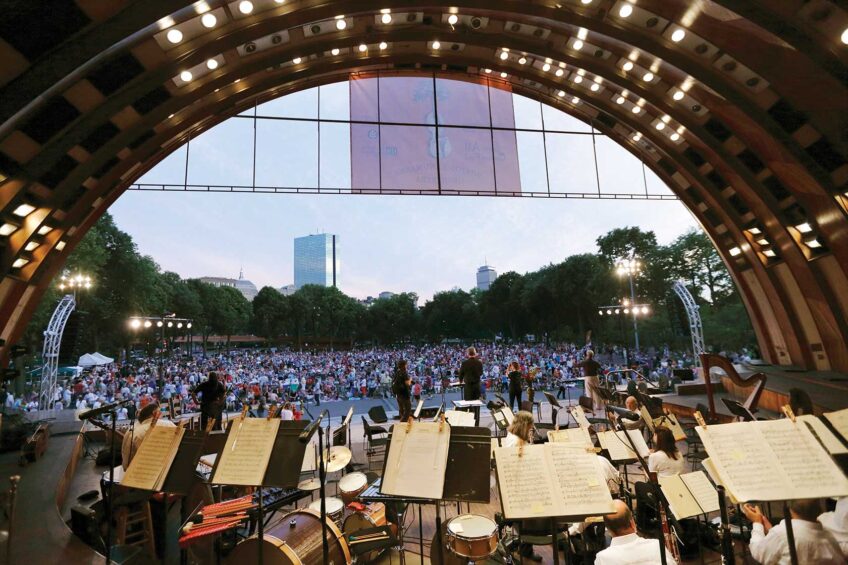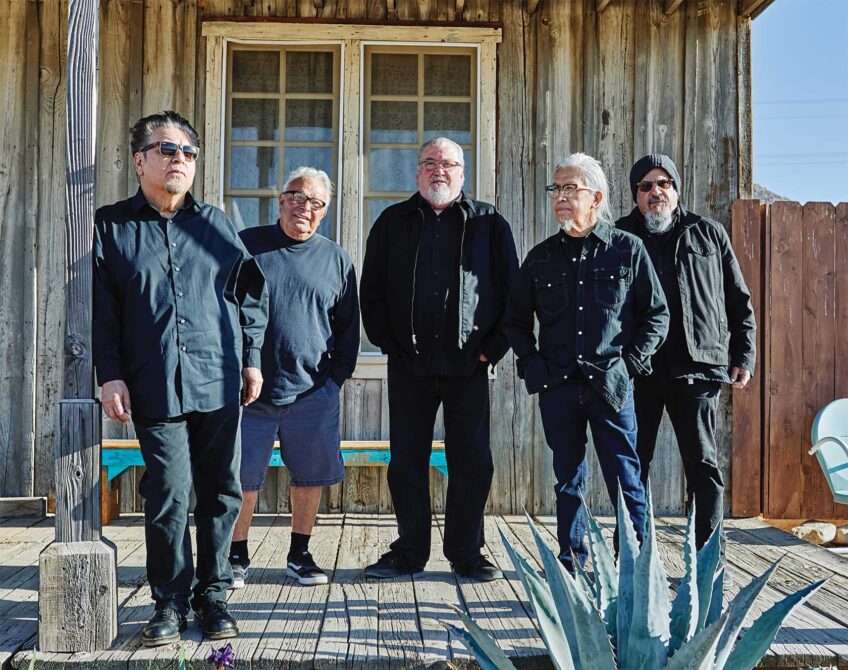
Photo collage artist Mark Guglielmo isn’t Cuban — in fact he’s Italian-American. But you wouldn’t know it from the fluidity of his Spanish and the way he talks about his visits to Cuba, which have served as the primary subject matter for his show “Cubaneo” at the Villa Victoria Center for the Arts in Boston’s South End. “That feeling I get at my grandmother’s house is the feeling I get in Cuba,” he says. In the embracive, family-oriented culture, the artist found a second home.
On the Web
For more information about Villa Victoria Center for the Arts, visit: http://www.ibaboston.org
For more about Mark Guglielmo and to listen to the artist’s audio clips, visit: markguglielmo.com.
To make his large-scale works, Guglielmo uses 4-by-6-inch photo prints from a basic digital point-and-shoot camera, or sometimes even an iPhone. He takes a few hundred photos of a subject and a scene, smaller photos that might showcase an elbow or an eye, but will later be composed to make a complete image. He doesn’t necessarily arrange the photos the way he took them, mixing and matching pieces from all over, but his knowledge of color and texture create a piece that allows the eye to see one flowing scene.
The flurry of visual stimuli brings a special movement to Guglielmo’s work. Several of his scenes depict fast-paced moments: a family playing music and dancing together in their home, a salsa ensemble in a busy town square, even a children’s assembly at a school. The artist draws you in to the work, not only to look more closely at all the smaller components, but to participate. He welcomes you into the family home, into the real Cuba.
AynelDavid Guerra, founder of A R E A Gallery and a Cuban native, curated the exhibition. This provides an interesting dynamic between the artist, who is adopted into this world, and the born-and-bred Cuban who wants to see his home represented properly.
Many of the mosaics feature the same person twice. It’s not instantly noticeable because of the carefully constructed collage style, but the pieces often show two iterations of a person standing next to each other. In “Callejón de Hamel” a girl who was dancing stands looking at herself. It’s a direct confrontation of identity as she sizes up the dancer she was five minutes ago, or will be a half-hour from now. Cubans today are experiencing a similar identity development, as they move away from Castro’s strict rule towards more personal freedom.
Guglielmo’s website contains audio interviews he recorded with each of his portrait subjects. These sound clips are another way of bringing viewers directly into the Cuban world he depicts. In the audio clip associated with the painting “Nena la del Valle de los Ingenios Abajo” you can hear the elderly woman laughing and cooking yucca. She offers Guglielmo some of the food, of course, ever the considerate hostess.
In the mosaic of Nena she appears happy but reserved. She engages directly with the viewer, hands held in front of her, a thin halo of Guglielmo’s own making resting above her head. The audio clip brings us closer to an otherwise ethereal figure.
“Cubaneo” takes viewers off the beaten Havana tourist path of vintage cars and mojitos and guides them into the homes and lives of real Cubans. And it does so in a dynamic artistic style. If you don’t come to the show for the innovative media and expert sense of color and light, come for Nena. Word is, she makes the best yucca in Trinidad de Cuba.







